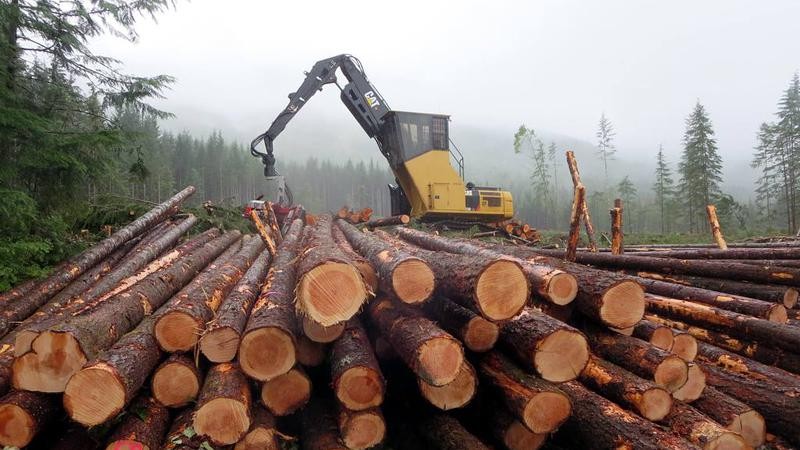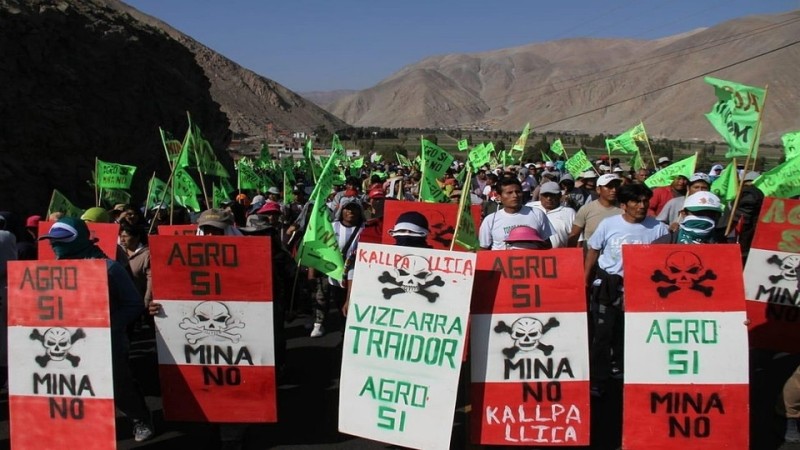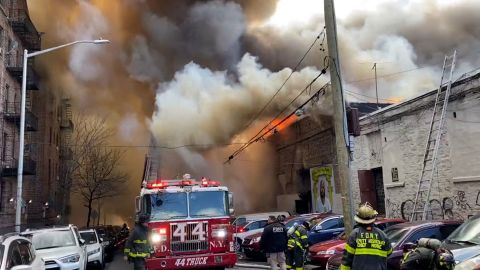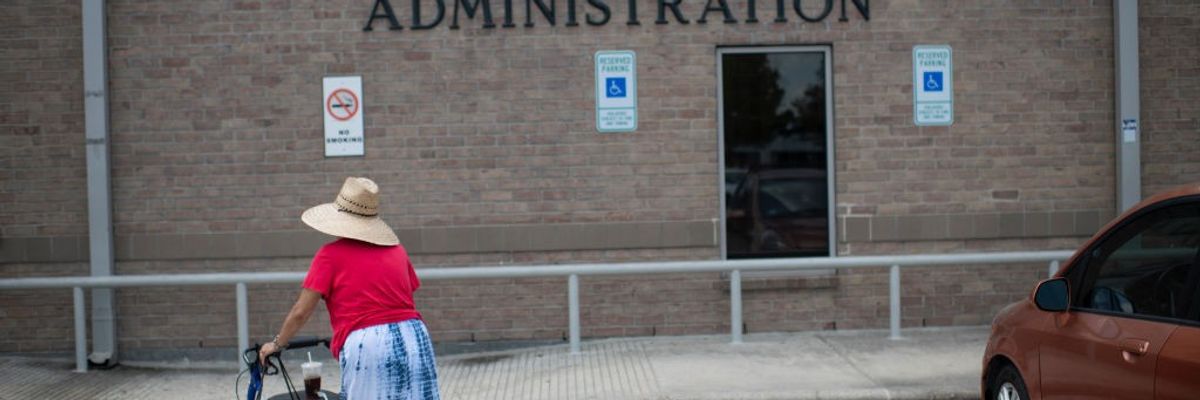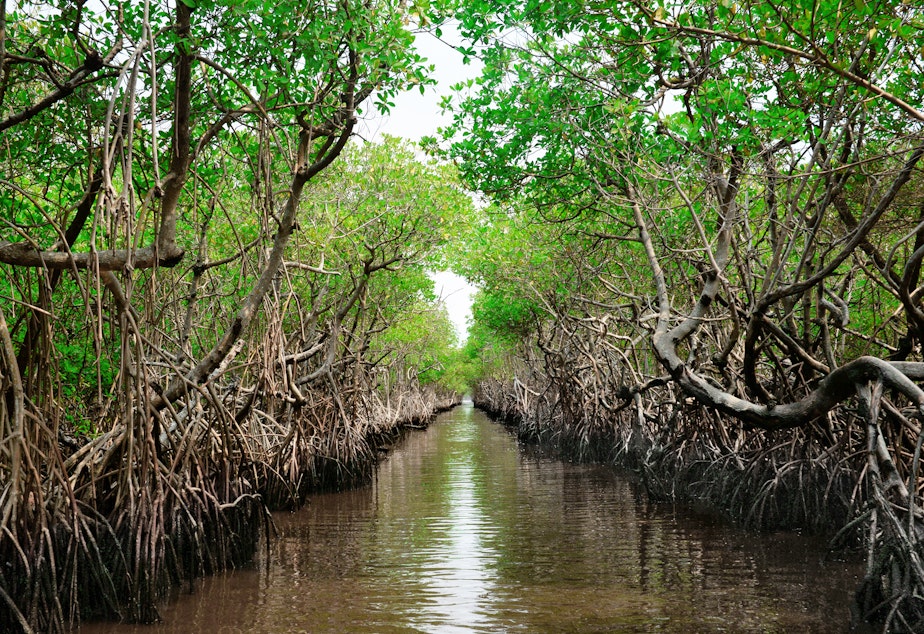Humanity faces an imminent survival dilemma
Richard Heinberg / March 2, 2023 /
https://canadiandimension.com/

On January 17, 2023, China’s National Bureau of Statistics (NBS) announced that the country’s population fell in 2022 by 850,000 people from 2021, which was the first population decline witnessed by the country in six decades. This has mostly resulted from low birth rates stemming from the imposition of China’s one-child policy from 1980 to 2015, as well as from voluntary family decisions, rather than deaths from COVID-19.
On the same day, the NBS reported that China’s GDP grew by only three percent in 2022, which is less than half the previous year’s 8.1 percent expansion pace.
International news outlets greeted these bombshells with worry bordering on horror. Time noted that “[e]xperts are alarmed” by these trends; the Wall Street Journal said the slowdown was “disappointing” and posed a “major future challenge” for China and the rest of the world—language often reserved for articles on climate change. Hardly any major news coverage explored why China’s lagging economy and shrinking population might actually be good things.
Yes, the reversal of China’s growth trends may eventually have real and unfortunate impacts on Chinese families. But much if not all of that harm can be averted with appropriate policies. Moreover, for anyone aware of environmental limits, China’s economic deceleration and population decrease are actually welcome developments.
Humanity faces an imminent survival dilemma. Not only are we destabilizing the climate with carbon dioxide released from our burning of fossil fuels, but we are also taking habitat away from other species, to the point where wild animal (including some insect) populations have declined by about 70 percent in the past 50 years. Further, humanity is depleting natural resources, ranging from mineral ores to forests, while polluting ecosystems with plastics and toxic chemicals in ever-burgeoning quantities. According to the World Bank, “Global waste is expected to increase to 3.4 billion tons by 2050.”
In 2015, scientists at the Stockholm Resilience Center calculated that, of nine critical global ecological thresholds that define “the safe operating limits of our planet,” humanity has already crossed “at least four.” A related effort by the Global Footprint Network, which tracks our “ecological footprint” (how much of Earth’s biological regenerative capacity is being used by human society), currently shows humanity consuming resources “as if we lived on 1.75 Earths”—which can only be sustained temporarily and will, in effect, result in robbing future generations of a fair chance at survival. As the human population grows (for decades we’ve been adding a billion people every 12 years), we use more land and resources. As the economy expands (it’s doubling in size every 25 years), we use more energy and therefore make it harder to reduce carbon emissions.
It hasn’t always been this way. Humanity’s addiction to rapid growth started in the 20th century as a result of having access to enormous amounts of cheap fossil fuel energy. Abundant energy enabled more resource extraction, more manufacturing, and more food production. Once the economic growth engine revved up, industrialists, economists, and politicians decided it was an unmitigated marvel, they attributed the growth to human ingenuity rather than fossil fuels, and restructured the global economy to depend on industrial expansion continuing forever.
This was a foolish thing to do since nothing can increase endlessly on a finite planet. Ecologists have warned since the 1960s that a reckoning is in store sooner or later. The only way to avoid it is to voluntarily and deliberately reduce growth—reversing it in some instances—and aim for what pioneer ecological economist Herman Daly called a “steady state economy” that helps maximize the benefit to humanity without depleting and polluting nature.
For decades, China’s economy has grown more rapidly than that of nearly any other country. And since China was the world’s most populous nation until 2022, this breathtaking growth has had an outsized impact. China has become the top greenhouse gas emitter and the foremost devourer of natural resources on the planet. It burns more than half of the world’s coal supply each year and is busy building even more coal-fired power plants.
But China isn’t polluting out of a lack of concern for the environmental damage caused by its actions; its coal burning is part of an economic strategy in which the US and other wealthy nations have been complicit. The flourishing of Chinese manufacturing resulted from a grand bargain struck by multinational corporations, in which American consumers got cheaper products (thanks to China’s inexpensive energy and massive low-wage labor pool), US corporations got higher profits, and the Chinese people got more economic opportunities than they had enjoyed previously—opportunities for which the Chinese Communist Party (CCP) could take credit. Everybody seemed to win, except the planet and its nonhuman creatures.
But coal is not endless, nor are raw materials required for manufacturing, nor is new farmland to feed an expanding population. Therefore, the growth of offshored production, and a Chinese economy based on it, can’t go on forever. In fact, the longer such growth continues, the deeper the hole that humanity is digging for itself. Yes, we can make our consumption marginally “greener” by recycling more and building more solar panels and wind turbines. But the math tells us that any serious effort to return society to a balanced relationship with nature must eventually require less overall consumption by fewer consumers. Seen in that light, China’s slowdown both in terms of economy and population looks like an event worth celebrating. So, why the hand-wringing?
In the view of conventional economists, fewer workers and consumers mean more anemic economic output. And for growth-oriented economic theory, that’s a catastrophe. But it needn’t be. Why not reorganize the economy around human happiness and the protection of nature, as opposed to the endless expansion of resource extraction, production, consumption, pollution, and human numbers?
China’s slowdown presents the country and the world with a chance to manage a decline that must inevitably come, sooner or later. It’s a chance to identify and seize opportunities while minimizing the pain entailed in a major directional change.
With fewer people, it should be easier to ensure that everybody in China has housing and access to basic necessities. At last, officials can ease up on building new cities, highways, and shopping malls. New construction can focus on replacing fuel-guzzling technologies with more efficient renewable energy replacements. China could even stop manufacturing throwaway consumer gadgets and start making long-lasting products designed for the dawning era of eco-restoration and regeneration.
A soft landing is possible: Several smaller countries have declining population levels, including Croatia, Japan, Portugal, Poland, South Korea, and Lithuania. Each of these nations is seeing stable or rising wages and historic lows in unemployment.
True, the transition to the post-growth era won’t be easy for the CCP or the Chinese people if income and wages level off or worsen, and if a declining tax base can’t sustain an aging population. The Chinese people have tacitly accepted an authoritarian regime with great restrictions on personal freedoms in exchange for promises of material betterment. If those promises fail, political instability could follow, possibly leading to widespread hardship and loss of life. To avert that catastrophe, the CCP will have to rethink its entire economic and political strategy.
Globally, in the shift to a post-growth economy, the financial sector will face the biggest risks. Vast tranches of debt that have been incurred during the past few decades are, in effect, bets that the economy will continue to expand. If the number of workers and consumers shrinks, then our global financial house of cards could come tumbling down.
But why have we put the fate of humanity in the hands of gamblers? A major retooling of our financial system is long overdue. The deleveraging of the global economy could be accomplished largely by reducing the assets of the world’s multimillionaire and billionaire classes. There might be side benefits from doing so: Economic inequality is warping our politics and making many people jealous, resentful, and unhappy.
Sure, the end of economic expansion and population growth is a challenging prospect. But it’s not nearly as daunting as the crisis we are setting up for ourselves if we continue to destroy nature through wasteful consumption and pollution. China’s slowdown is a welcome opportunity for global leaders and policymakers to get our priorities straight and set ourselves on a path of sustainable happiness and wellbeing.
Richard Heinberg is a senior fellow at the Post Carbon Institute and the author of Power: Limits and Prospects for Human Survival.
This article was produced by Earth | Food | Life, a project of the Independent Media Institute.
